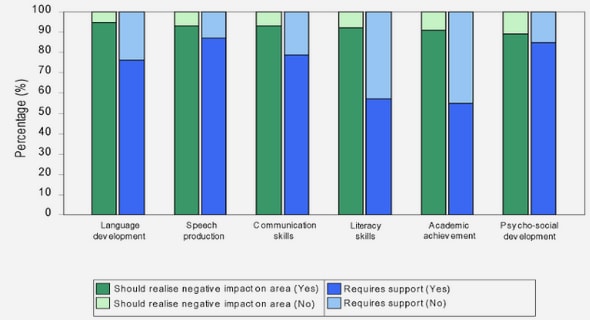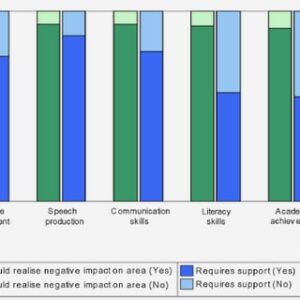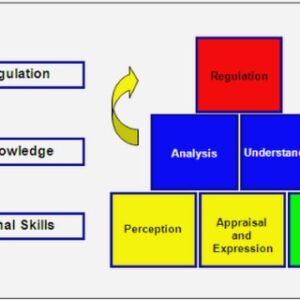(Downloads - 0)
For more info about our services contact : help@bestpfe.com
Table of contents
CHAPTER 1.: GENERAL INTRODUCTION
1.1 METABOLISM OF URBAN WASTEWATER SYSTEMS
1.1.1 Can we truly liken a city to a living organism?
1.1.2 Another metabolic product of cities: urban stormwater runoff
1.2 INTRODUCTION TO LIFE CYCLE ASSESSMENT (LCA)
1.3 TOWARDS A COMPREHENSIVE ASSESSMENT OF UWS INCLUDING INTERMITTENT DISCHARGES
1.3.1 State of the art of LCA applied to urban water infrastructure
1.3.2 Stormwater consideration in LCA
1.4 OBJECTIVES OF THE THESIS
CHAPTER 2.: IMPACTS FROM URBAN WATER SYSTEMS ON RECEIVING WATERS – HOW TO ACCOUNT FOR SEVERE WET-WEATHER EVENTS IN LCA?
2.1 INTRODUCTION
2.2 MATERIALS AND METHODS
2.2.1 LCA goal and scope definition
2.2.2 Life Cycle Inventory analysis: available data regarding flows reaching receiving waters
2.2.3 Life cycle impact assessment
2.3 RESULTS
2.3.1 Pollutant loads (LCI)
2.3.2 Impact assessment
2.4 DISCUSSION
2.4.1 Discharges from the UWS
2.4.2 Upstream catchment loadings
2.4.3 Life cycle impact assessment results
2.5 CONCLUSIONS
ACKNOWLEDGEMENTS
CHAPTER 3.: A PARSIMONIOUS SITE-DEPENDENT FRAMEWORK LINKING HUMAN ACTIVITIES, LAND USE AND CLIMATE TO DETERMINE LOADS IN INTERMITTENT DISCHARGES TO RECEIVING WATERS FROM URBAN CATCHMENTS FOR LCI PURPOSES
3.1 INTRODUCTION
3.2 OBJECTIVES AND SPECIFICATIONS FOR LCI MODELLING OF UWS
3.2.1 Goal and scope of targeted LCAs
3.2.2 Resulting LCI requirements
3.3 OVERVIEW OF THE PROPOSED FRAMEWORK
3.3.1 Key stormwater pollutants
3.3.2 Pollutant loads inventory sub-model
3.4 MODELLING APPROACH AND PRACTICAL IMPLEMENTATION
3.4.1 Emissions inventory sub-model
3.4.2 Water flows inventory sub-model
3.5 DISCUSSION AND CONCLUSIONS
3.5.1 Model limitations
3.5.2 Data availability and uncertainty
3.5.3 Conclusions
CHAPTER 4.: LIFE-CYCLE PERSPECTIVES FOR THE MANAGEMENT OF INTERMITTENT DISCHARGES IN URBAN WASTEWATER SYSTEMS: LESSONS LEARNT FROM A FRENCH SUBURBAN CATCHMENT
4.1 INTRODUCTION
4.2 MATERIAL AND METHODS
4.2.1 Case study description
4.2.2 Goal and scope definition
4.2.3 LCI models
4.2.4 Impact assessment methods
4.3 RESULTS
4.3.1 Main contributors in a retention scenario (C2)
4.3.2 Scenario comparison
4.4 DISCUSSION
4.4.1 Reliability of LCI models
4.4.2 Consistency of LCIA methods
4.4.1 Expanding the spatiotemporal scope of LCAs of UWS
4.4.2 STOIC framework for decision support
4.5 CONCLUSIONS
CHAPTER 5.: GENERAL CONCLUSION
REFERENCES



